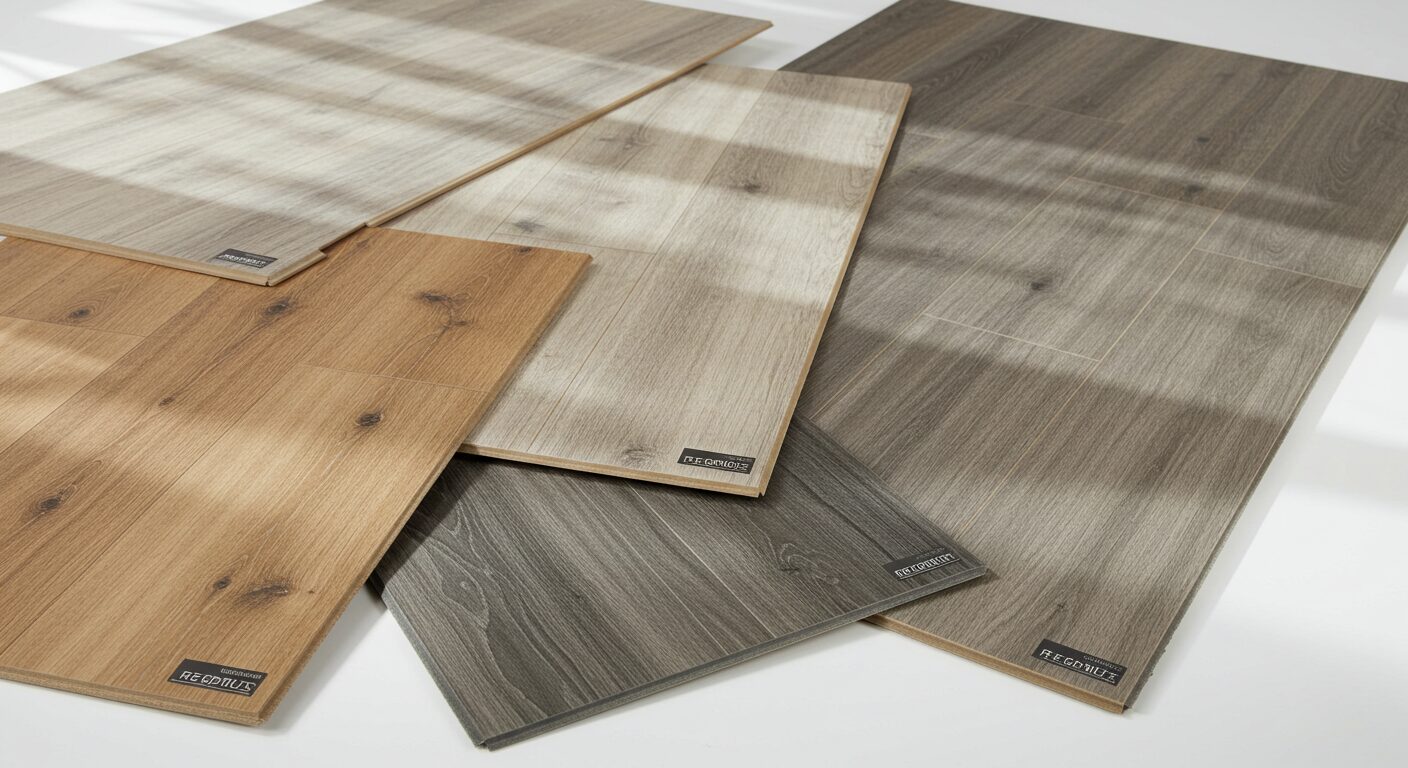Lighting plays a crucial role in home decor. It does more than just brighten a room—it can change the mood, add depth, and bring life to your space. If you’re looking to upgrade your home’s atmosphere, mastering lighting techniques is essential. By combining natural and artificial lighting properly, you can create a warm and welcoming home that reflects your personality and style. This guide, based on decoratoradvice and insights from decoratoradvice.com, helps you understand how to use lighting effectively in home decor.
Whether you’re doing a full renovation or just changing your light fixtures, understanding the various types of lighting and how they work together is key. Lighting impacts everything from the paint color on your walls to the mood you feel when entering a room. This article explains how to apply lighting to different rooms, the best fixtures to choose, and how to create focal points using light. With helpful tips and techniques, you’ll be able to decorate your home with confidence and clarity.
Understand the Three Types of Lighting
Before diving into fixtures and styles, it’s important to understand the three main types of lighting:
Ambient Lighting
Ambient lighting is the main source of light in a room. It’s usually provided by ceiling fixtures, chandeliers, or large lamps. This type of lighting gives overall illumination and sets the tone of the room.
Task Lighting
Task lighting is used for specific activities such as reading, cooking, or working. Desk lamps, under-cabinet kitchen lights, and vanity lights are good examples.
Accent Lighting
Accent lighting highlights specific features, such as artwork, architectural details, or plants. This type of lighting adds drama and depth to a space.
Using all three types together ensures a balanced and functional lighting scheme.
Choose Lighting Based on Room Function
Every room in your house serves a different purpose. Use lighting to match the function:
- Living Room: Combine ambient and accent lighting to create a cozy and inviting environment.
- Kitchen: Use bright task lighting over counters and stoves for safety and ease of cooking.
- Bedroom: Soft ambient lighting with reading lamps for nighttime routines.
- Bathroom: Task lighting around the mirror with overhead lighting for general use.
Each space demands a unique lighting setup tailored to its needs.
Layer Your Lighting for Depth
Layering involves combining ambient, task, and accent lighting within a room to create a multidimensional effect. This technique ensures your space is well-lit and versatile for different tasks or moods.
- Ambient: Ceiling lights, pendant lights
- Task: Desk or table lamps, kitchen counter lighting
- Accent: Wall sconces, LED strips behind furniture
Layered lighting makes your room flexible and aesthetically pleasing.
Use Dimmers for Mood Control
Installing dimmer switches allows you to control light intensity. This is especially useful in living rooms and bedrooms where mood lighting matters.
Benefits of dimmers:
- Save energy
- Extend bulb life
- Control brightness for different activities
Dimmer switches are a decoratoradvice favorite because they offer both function and beauty.
Highlight Focal Points
Use lighting to draw attention to specific areas or decor items in your room:
- Artwork: Use picture lights or track lights
- Fireplaces: Install wall sconces on either side
- Plants or Sculptures: Use spotlights or LED uplights
Focal lighting turns ordinary objects into eye-catching elements.
Choose the Right Bulbs
Bulbs come in different types and color temperatures. Picking the right one affects the look and feel of a room:
- Warm white (2700K–3000K): Great for bedrooms and living rooms
- Cool white (3500K–4100K): Suitable for kitchens and bathrooms
- Daylight (5000K–6500K): Ideal for task-heavy areas
Energy-efficient bulbs like LEDs are long-lasting and cost-effective.
Make Use of Natural Light
Natural light is free and healthy. Maximize it by:
- Using light-colored curtains
- Placing mirrors opposite windows
- Avoiding heavy window treatments
Natural light enhances color accuracy and makes rooms appear bigger.
Select Fixtures That Complement Decor
Your lighting fixtures should match your interior style:
- Modern homes: Sleek, minimalist fixtures
- Traditional spaces: Chandeliers and sconces
- Industrial styles: Metal and exposed bulbs
Decoratoradvice.com suggests investing in statement pieces that also serve functional purposes.
Add Lamps for Flexibility
Lamps are a flexible lighting option and can be easily moved:
- Table lamps: Perfect for reading corners or bedside tables
- Floor lamps: Great for filling empty corners
- Desk lamps: Ideal for workspaces
Choose lamps with adjustable brightness to meet various needs.
Use Lighting to Define Spaces
In open-plan homes, lighting helps define different zones:
- Pendant lights over dining tables create a visual boundary
- Floor lamps beside seating areas create mini-lounges
- Spotlights over art walls define creative zones
Proper lighting placement helps organize and visually separate spaces.
Add Under-Cabinet Lighting in Kitchens
Under-cabinet lighting adds style and function:
- Illuminates work surfaces
- Enhances kitchen ambiance
- Reduces shadows while cooking
LED strip lights are a favorite on decoratoradvice.com for their ease of installation and affordability.
Play With Light Direction
Lighting direction affects room dynamics:
- Up-lighting makes ceilings appear higher
- Down-lighting adds intimacy
- Side-lighting reduces shadows and highlights texture
Play with direction to find what works best for your layout.
Consider Scale and Proportion
Oversized fixtures can overpower a small room, while tiny lights may look lost in a large space.
- Chandeliers should be sized to match table or room size
- Wall sconces should sit at eye level
- Floor lamps should fit within seating arrangements
Proportion ensures your lighting feels balanced and intentional.
Use Color-Changing LED Lights Creatively
Smart LED lights with color options let you change the atmosphere:
- Blue tones for calm
- Warm yellow for relaxation
- Bright white for focus
These lights are often app-controlled and ideal for modern home decor.
Install Recessed Lighting for Minimalist Look
Recessed lights (also known as downlights) are ideal for minimalistic homes:
- Flush with the ceiling
- Perfect for kitchens and hallways
- Can be angled for task or accent use
Decoratoradvice recommends spacing them evenly for even coverage.
Use Mirrors to Enhance Light
Mirrors reflect both natural and artificial light:
- Place opposite windows to double sunlight
- Behind lamps to amplify brightness
- As a wall feature for stylish impact
They also make spaces feel larger and more open.
Outdoor Lighting Matters Too
Extend your decor beyond walls:
- Pathway lights for safety and ambiance
- String lights for patios and balconies
- Wall-mounted lights for entryways
Outdoor lighting increases curb appeal and functionality.
Avoid Over-Lighting
Too much light can be harsh and uninviting:
- Use fewer, well-placed lights
- Rely on layers instead of bright overheads
- Choose warm tones over stark whites
A balanced approach ensures comfort and elegance.
Try Statement Lighting Fixtures
One bold fixture can transform a room:
- Large chandelier in the foyer
- Artistic pendant in dining room
- Sculptural floor lamp in the living room
These pieces combine function and style, aligning with decoratoradvice principles.
Combine Vintage and Modern Elements
Mixing styles keeps your decor unique:
- Edison bulbs with modern frames
- Classic chandeliers with minimalist furniture
- Industrial lamps with rustic wood accents
Decoratoradvice.com encourages mixing for personality-driven interiors.
Conclusion
Using lighting effectively in home decor means more than just adding lamps or fixtures. It involves thoughtful planning, balance, and creativity. By understanding different lighting types, layering your sources, and matching fixtures to decor styles, you can turn any room into a beautiful, functional space. Let your lighting reflect your personal taste while enhancing the atmosphere of your home.
FAQs
1. What is the best lighting for a small living room?
Use layered lighting and mirrors to make the space feel larger and brighter.
2. How can I make my home lighting energy-efficient?
Use LED bulbs, dimmers, and smart lighting systems.
3. Should I hire a lighting designer?
For large projects, yes. But for simple updates, this guide from decoratoradvice.com is enough.
4. What color light is best for reading?
Soft white (around 3000K) offers comfortable brightness without eye strain.
5. How often should I update my home lighting?
Every 5–10 years or when doing a decor refresh.
Also Read:
home decorators collection peyor blue for Modern Homes
how to decorate top of dresser – Complete Guide










Leave a Reply